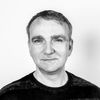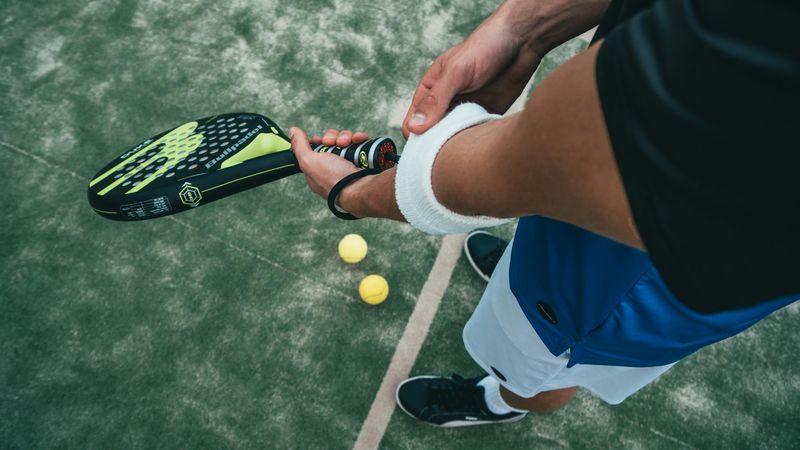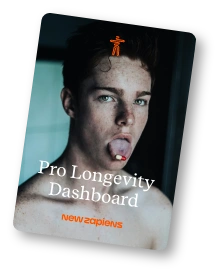Blood Tests Are Just One Piece of the Puzzle to Understand Your Health
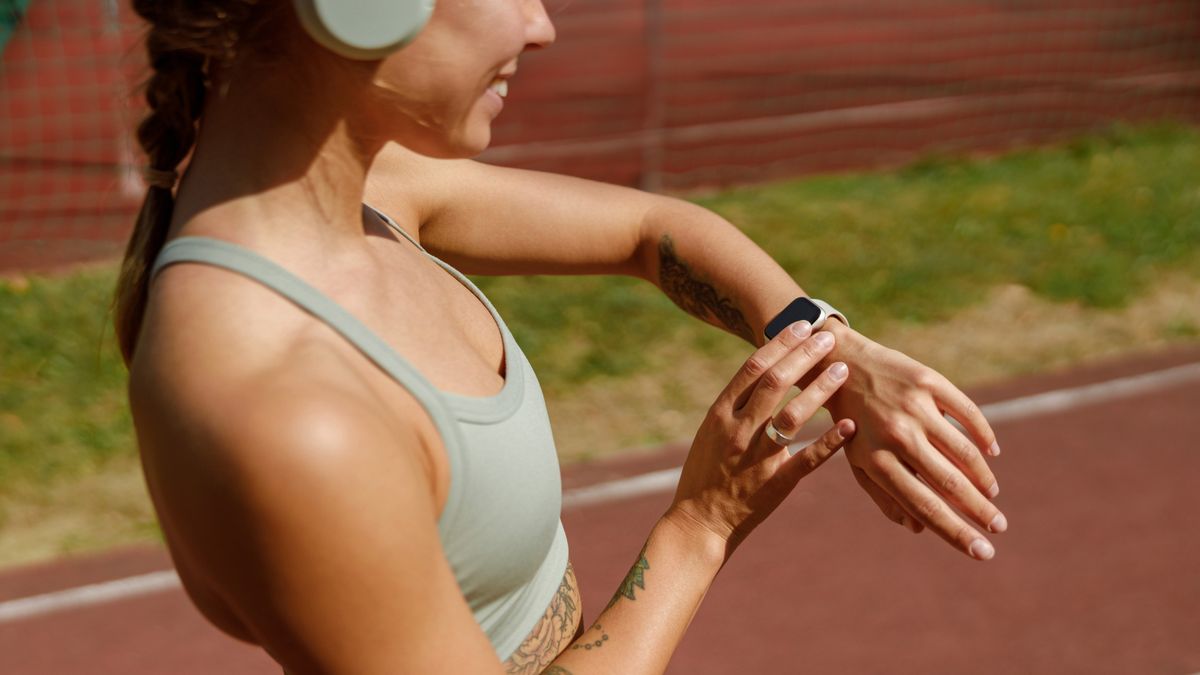
When you think about getting healthier, what pops into your head? Probably blood tests, right? A long list of results, a PDF you don’t totally understand, maybe a few scary-sounding markers to Google at 11pm. And look—we’re not here to knock blood tests. They're incredibly useful. But here’s the thing: they’re just one piece of the health puzzle.
If you’re really trying to feel better, perform better, or just get more out of life, you’ve got to look beyond lab work. The real magic? It often starts with something far simpler: your daily lifestyle.
High performers in the health space didn’t get their biological systems dialed in by only reading lab reports. They built a feedback loop from their habits. And that’s exactly what more of us need—real-time, actionable data about the stuff we do every day: how we eat, move, sleep, and recover.
Let’s dig into what that looks like.
First: Zoom Out Before You Zoom In
Most people try to optimize their health by jumping straight into supplements or chasing “optimal” lab values. But if you don’t understand the why behind the numbers—or the behaviors that caused them—you’re flying blind.
The truth? Symptoms like fatigue, poor sleep, mood swings, or slow recovery usually have roots in your day-to-day routines. That’s where lifestyle diagnostics come in. These are tools that help you see your health story before things go wrong. And when you use them together, you start to get a clear picture of what’s working (and what’s not).
Here are four underrated tools that can change the game
1. Finding Out What You Actually Eat
Let’s be real. Most of us think we eat pretty healthy. But memory is a funny thing. That extra croissant didn’t count, right?
A Food Frequency Questionnaire (FFQ) is like a time-lapse of your eating habits. Instead of asking what you had for lunch yesterday, it looks at your long-term patterns—things like fiber intake, processed food consumption, protein quality, and diversity of plants.
Why it matters:
- Studies show over 70% of chronic diseases are diet-related.
- Hidden deficiencies (like magnesium or omega-3s) often don’t show up in blood until they’re severe.
- What you eat shapes your microbiome, hormones, and even mood.
What to do:
Take a validated FFQ—it gives you a visual breakdown of where your nutrition stands. It’s one of the most eye-opening ways to see what you’re really eating.
2. Continuous Measuring of Your Blood Sugar
This one’s a game-changer. CGMs (Continuous Glucose Monitors) aren’t just for diabetics anymore—they’re for anyone who wants to understand how food, stress, sleep, and movement affect their energy levels.
Why it matters:
- Big glucose spikes = fatigue, cravings, inflammation.
- Even “healthy” foods (like oatmeal or smoothies) can cause major rollercoasters for some people.
- CGMs give personalized insights, not population averages.
What to do:
Wear a CGM for 10–14 days. Track your meals, your stress levels, your workouts. Look for patterns.
Did your Sunday night email spike your blood sugar more than your Friday burger?
Even one round of CGM can totally rewire how you eat and recover.
3. Measuring Your VO2max
The most important longevity metric you’re probably ignoring.
VO2max is a fancy name for how well your body uses oxygen during exercise. But don’t worry—you don’t need to be a triathlete to care. Think of it as your aerobic horsepower.
Why it matters:
- VO2max is one of the strongest predictors of lifespan. Seriously.
- It’s a measure of how well your heart, lungs, and mitochondria are doing.
- Low VO2max is linked to fatigue, brain fog, and poor metabolic flexibility.
What to do:
You can get a proper lab test (in a mask, on a treadmill), or let your smartwatch estimate it over time. It doesn’t have to be perfect—it just needs to track your direction. And yes, training in Zone 2 helps a ton.
4. Knowing Your Body Composition
Weight alone? Pretty useless. Most scales don’t tell you what you really need to know. Two people can weigh the same but have totally different health profiles. It’s super important to not only know what you weigh—but also how much of that is fat, muscle, or bone mass. And if your weight is changing, is it real change or just water shifting around?
Why it matters:
- Muscle mass is one of the strongest predictors of healthspan (how long you stay healthy).
- Visceral fat—the kind that hugs your organs—is way more dangerous than what you see in the mirror.
- Tiny shifts in muscle-to-fat ratio can massively change how you feel day to day.
What to do:
Try a Body Composition Scan, a bioimpedance device, or even a simple tape measure to track your waist-to-hip ratio. The goal? Don’t obsess over pounds. Focus on composition.
Where to Start?
A Swiss longevity clinic called AYUN realized that most people dive into health with zero baseline. They’re guessing, Googling, or spending money on supplements without knowing what’s actually off.
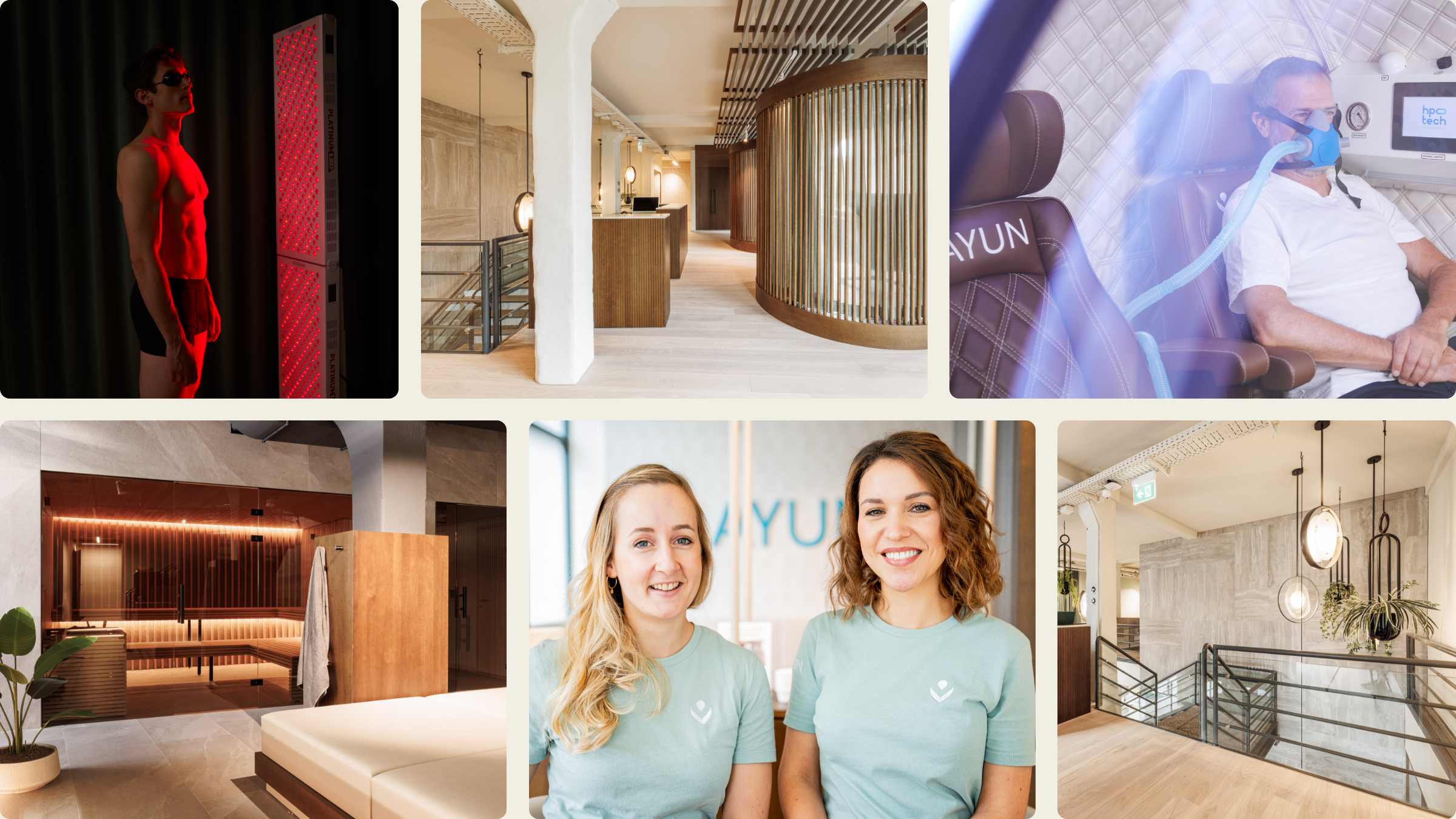
It’s not a blood test. It’s a full 360° snapshot of how your body and habits are really doing.
Here’s what you get:
- Nutrition Check (FFQ)
A science-backed assessment of your eating habits and nutritional gaps - 14-Day CGM Experience
Real-time insights into your blood sugar responses to food, stress, and sleep - Body Composition Scan
Understand your muscle, fat, and metabolic balance - VO2max Test
Measure your cardiovascular capacity and oxygen efficiency - Expert Analysis
Nutrition and sports scientists interpret your results holistically - Personalized Report
Your health data, decoded into clear, actionable insights - Custom Action Plan
A practical roadmap for training, nutrition, and recovery - 90-Minute Joint Review
A deep-dive session with both experts to walk you through your results
It’s like having a health detective map your patterns before you invest in deeper labs.
And honestly? For many people, this is the smarter place to begin.
Because once you see the impact of your habits, the motivation to change stops being abstract. You’re not chasing random numbers anymore. You’re solving your own health equation.
Curious where you stand?
Start with the Lifestyle Check-Up. You’ll come away with clarity, momentum—and a few “aha” moments you didn’t see coming.
Use the exclusive New Zapiens code NEWZAPIENS10 to get 10% off your Lifestyle Check-Up.
Author: Volker Blasek
Volker Blasek is a technical editor with a background in horticulture, fueled by a volunteer year on an organic farm. His passion for nature and conservation, paired with his expertise in psychology and science, shapes his engaging and thoroughly researched content. As a medical editor, he has authored over 3,000 articles on topics such as nutrition, diseases, symptoms, naturalopathy, and home remedies, delivering insightful and accessible reporting for a wide range of audiences.
